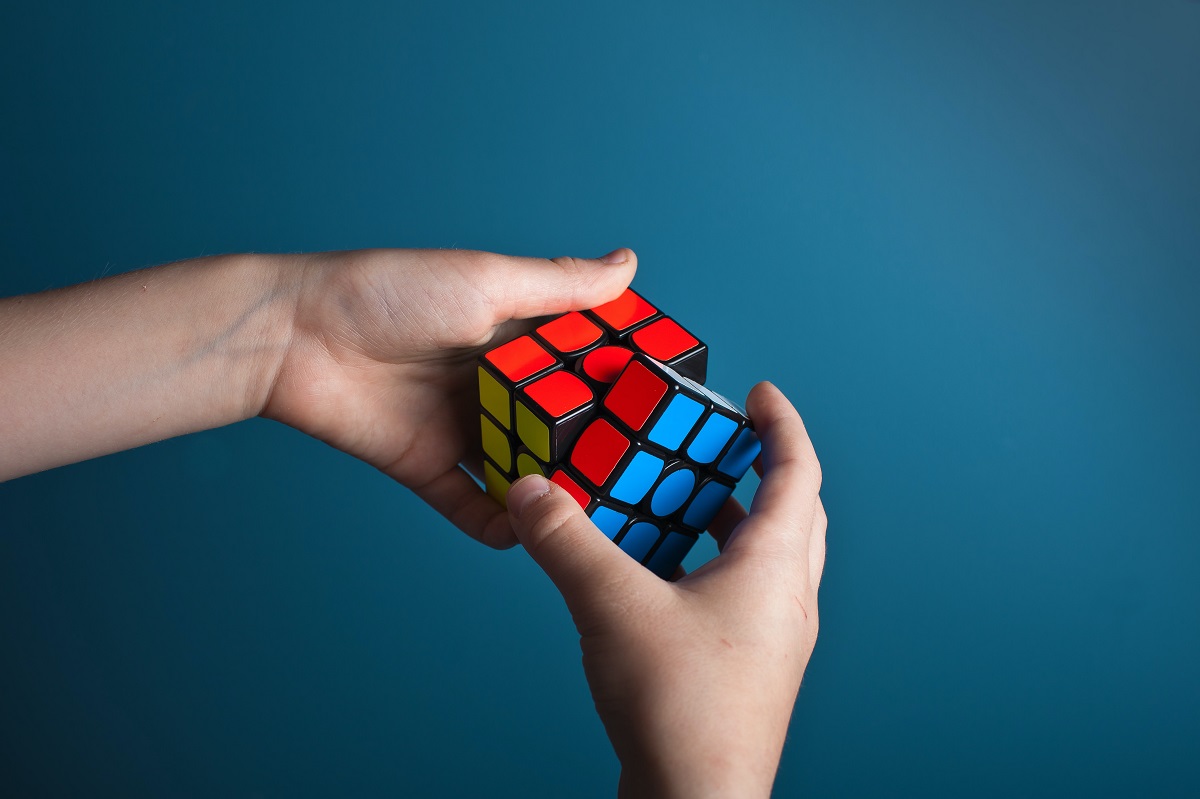
ETF investment strategist, Alfred Lee, sees ETFs as a tool for diversification in portfolios for both advisors and investors alike – especially for Canadian investors.
“When you look at the S&P 500,” says Lee, “compared to the TSX, it fills a lot of the gap that we don’t have. Sectors like information technology, healthcare, consumer staples and discretionary aren’t really represented in Canada. So using a fund like this one would be very complimentary to Canadian equity holdings.”
Lee is the director and portfolio manager of BMO ETFs at BMO Asset Management Inc. in Toronto. He works with a team of three senior portfolio managers and other contributing investment managers on the BMO U.S. Equity ETF mandate that tracks the S&P 500.
According to Lee, they are now finding more and more that both advisors and investors are not necessarily looking for active managers. They’re looking for building blocks for their portfolios, such as U.S. exposure, Canadian, and bond exposures that ETF products can provide. And ETFs offer a lower-cost investment choice and transparency of holdings compared to mutual funds.
Reflecting the fund’s index from a sector perspective, the top three weightings are approximately 25% in information technology, 14% in healthcare and 13% in financials as of Aug 31, 2022. Information technology has been the higher weighting in the S&P500 for quite some time. “We think for Canadian investors,” says Lee, “it’s a good thing, even though info tech has faced a lot of headwinds this year.”
Slow Growth vs. Equity Recovery
Among the obstacles ahead for the stock market, Lee says that inflation is the main concern right now. If we continue to see inflation run hot, he says, there is a danger that we will see a 1970s, or 1980s kind of slow growth environment in the economy. “I should note, however,” says Lee, “that even though the S&P500 did experience a notable decline during the Paul Volcker years (during the 1980s), when he was the Fed; when interest rates were increased very quickly, equity markets were quick to recover their values relatively quickly, despite the slow growth environment.”
Among the top holdings in the fund are Apple Inc. (APPL), Microsoft Corp. (MSFT), and Amazon.com Inc. (AMZN). The investors of the fund will have the exact same exposure as the S&P500, and they’ll own the underlying securities as well via the ETF. The top holdings are very large, blue-chip U.S. companies and they’re probably going to continue that way, Lee says.
Other holdings in the top 10 include UnitedHealth Group Inc. (UNH), and Johnson & Johnson (JNJ). “These are global conglomerate companies,” says Lee, “even though they’re U.S. domiciled,” adding global exposure.
Overall, the fund may invest all or a portion of its assets in one or more exchange-traded funds or invest directly in the underlying securities held by the exchange-traded funds. Additionally, the fund may use derivatives to provide the mandate with a return determined by reference to the exchange-traded funds. The fund also invests up to 100% of its assets in securities of BMO S&P 500 Hedged to CAD Index ETF to reduce the impact of currency movement.
Risk Measures
According to Lee, compared to an active manager, they have a lot more infrastructure that’s built into the mandate to manage risk. For example, the firm has an in-house monitoring system to ensure that the index of the fund they’re managing is “spot on” with the index in terms of the sectors. On top of that, they have multiple daily checks on the portfolio.
Concerns on the Horizon
Additional concerns include the Russia/Ukraine conflict and Lee thinks it’s probably going to play out like the Cold War that we saw in the 1980s. With Russia being such a huge supplier of natural gas and Ukraine being such a big supplier of agriculture commodities, “we’re probably going to see a little bit of structural inflation,” says Lee, “even if supply chain issues are resolved.” On top of that, there could be a lot of geopolitical risks, such as China having access to cheaper oil through Russia.
Ripe for a Rally
Despite the economic and market volatility, if inflation hopefully starts to turn around, Lee says the market is pretty ripe for a potential rally, and the valuations look good. “Already the S&P 500 is down 25% from its highs,” says Lee, “so at least some of the bad news (and higher rates) already have been priced in. And if you look at certain stores and inventory is starting to build up, that’s a good sign as well.”























